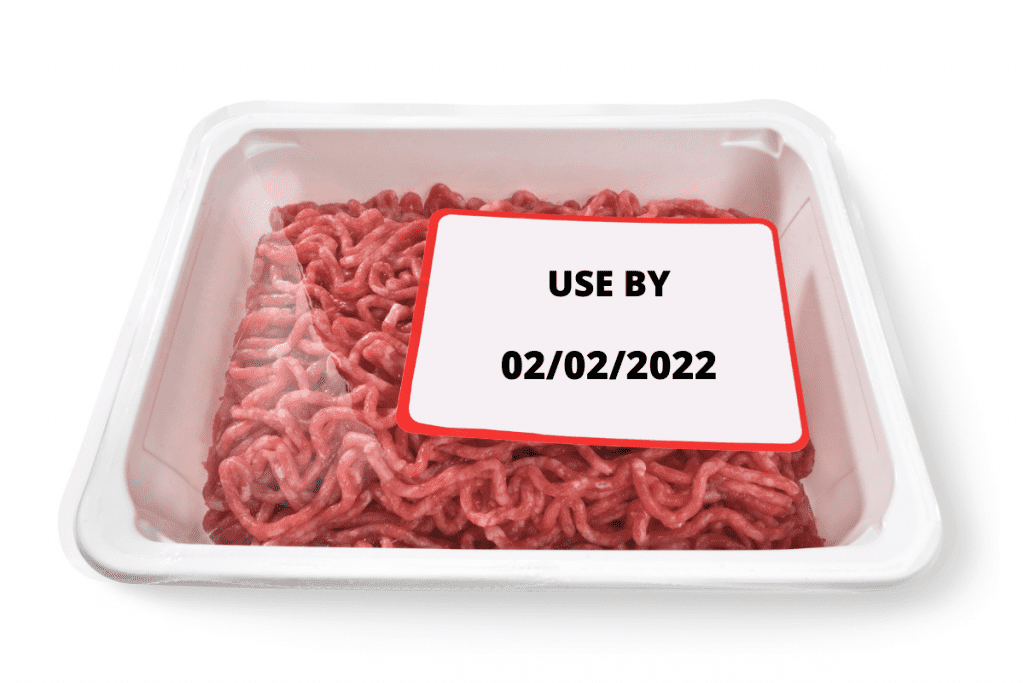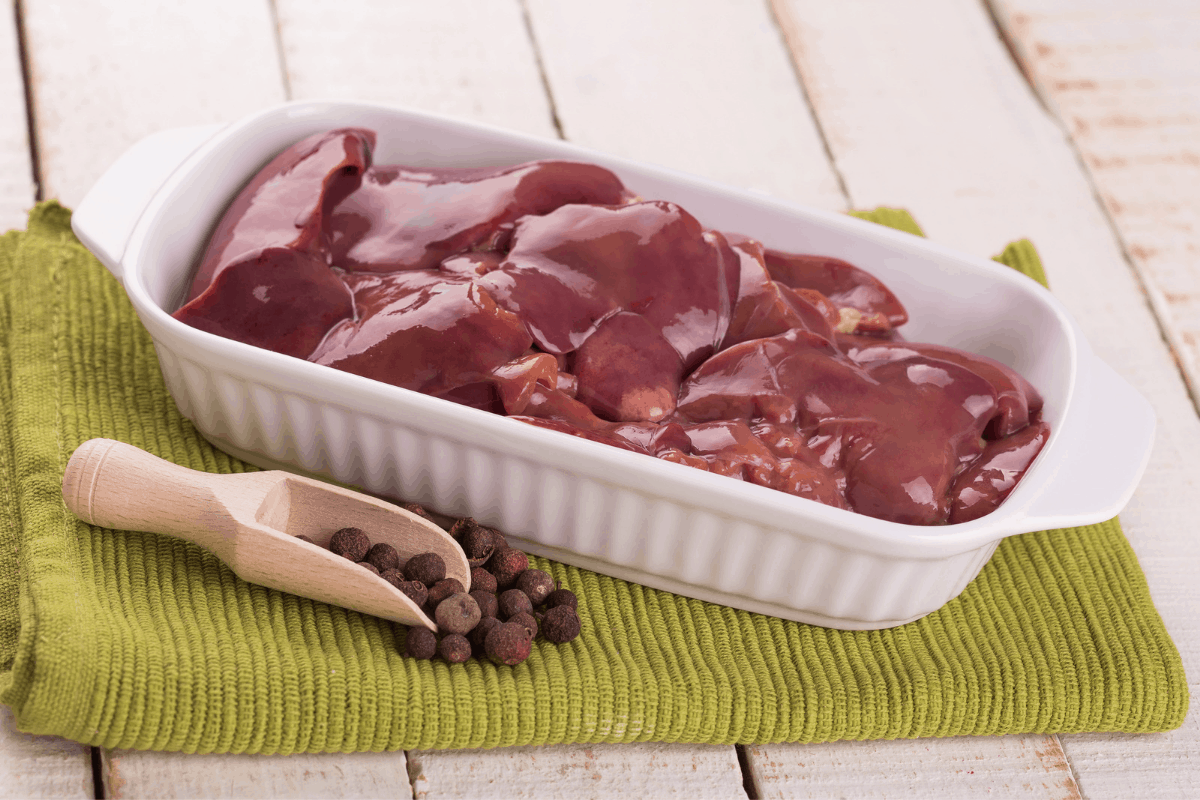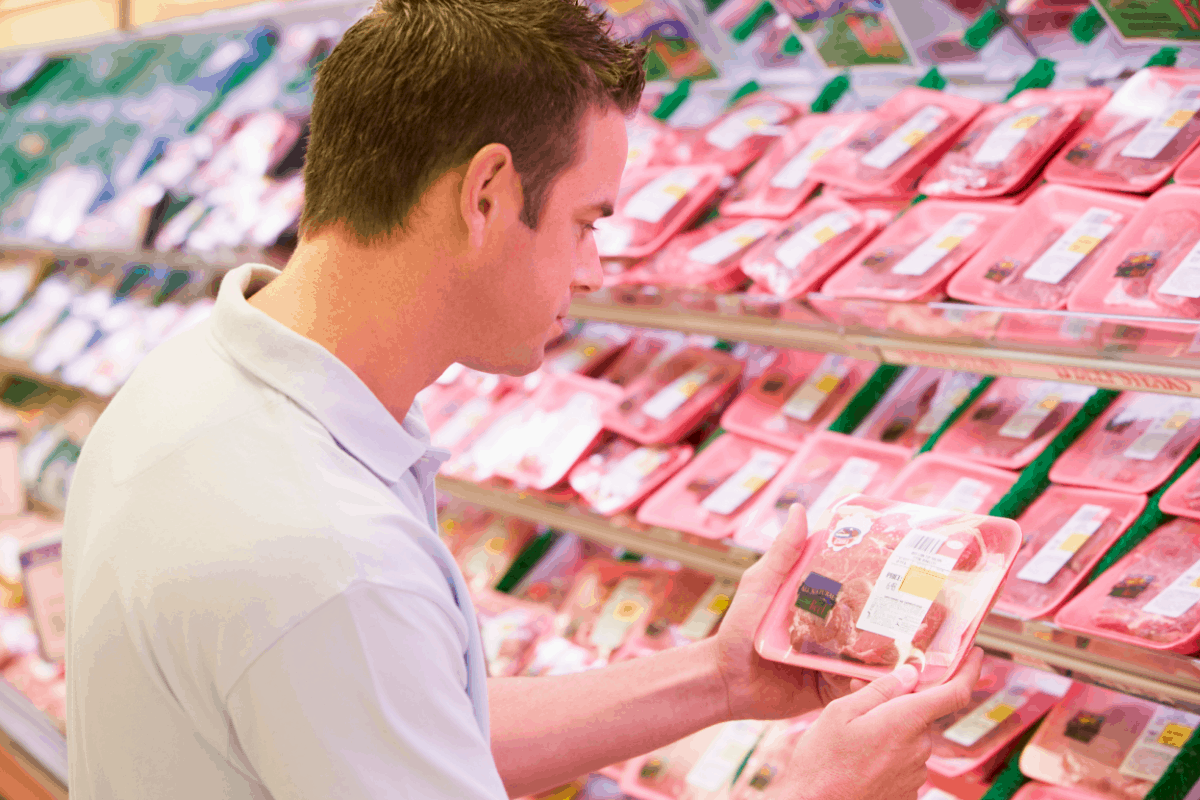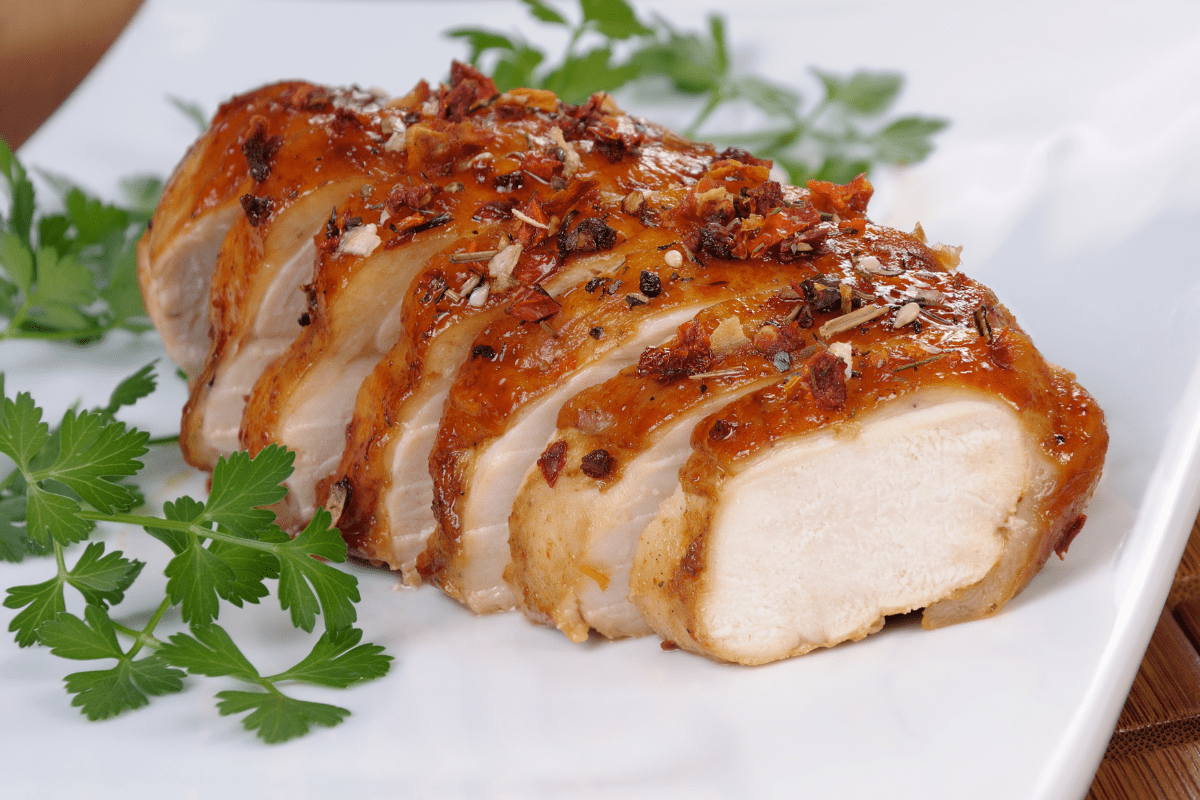Chicken is probably the most often eaten meat around the world today. With the leaness of the breast and the versatility of the meat, it is consumed in vast quatities around the globe.
One down side to chicken is that it can spoil much quicker than other types of meat, and people are never quite sure just how fresh their meat is, or whether the smell that it is giving off means it has gone bad.
So if chicken smells, does it mean it has gone bad? Fresh chicken will always have a slight odor to it, even when it is at its freshest, however it will not be an offensive smell. Chicken that is not so fresh will start to develop a distinctive ‘off’ smell that means it should be cooked immediately, or thrown away.
There are 3 main ways to determine the freshness of your chicken, and all should be used when deciding whether to go ahead and eat the meat, or to throw it out.
Sight – Smell – Touch
The look of the meat, the smell of the meat, and the feel of the meat will all help your assess the freshness of your chicken. By following the advice given below, you should be able to confidently decide if you are confortable using the chicken, or if you would prefer not to take the chance.
We will now look at the different tell tale signs that will let you know if you should still eat your chicken meat, or if it would be safer to dispose of it instead.
What Color Is The Chicken?
Skinless Chicken (Pink & Moist)
Fresh skinless chicken meat should be a light pink color for the breast meat, and slightly darker for the leg meat. There should be a moist sheen to the meat
If the meat is looking dried around the edges, or has taken on a dull and greyish coloring, then the chicken is not at its freshest and further examination will be needed to determine if it should be eaten or not.
Skin On Chicken (Creamy Yellow & Fresh)
Whole chickens and meat with the skin on should be a light cream/yellow color, depending on what the chicken has been fed. Corn fed birds tend to have a more yellow tinge to the skin.
If the skin of the chicken is starting to turn a grey color, or becoming dried out looking, then the bird is getting to the end of its shelf life.
Doing the feel and smell test of the chicken will give you an indication as to whether to cook or dispose of the meat.


How Does The Chicken Smell?
As mentioned earlier, even the freshest chicken will have a slight odor to it and so do not be alarmed if your chicken has a ‘smell’.
Depending on the type of chicken, the age, and what food the chicken was fed, will also effect how strongly a fresh chicken will smell, but again it should not be an offensive smell.
If when you come to cook the chicken the smell is strong and offputting, then you will need to investigate further as to why the smell is there.
Some of the types of smell that can indicate the meat is not so fresh are:
- Ammonia / Urine
- Fishy
- Farts
- Sulphur
- Eggs
As you can see, none of these smells are particularly appetising, and will be a good indication that the meat is going bad. The stronger the smell, the more likely that you want to dispose of the meat rather than eating it.
Also, if the meat has got to the point of smelling strong of one of these smells listed, there will be obvious sign to the color and touch of the meat that will also confirm that you should not eat the meat!
How Does The Chicken Feel?
Skinless Chicken
Skinless chicken meat will feel moist to the touch, however the moisture will feel clean. There will be a natural moist sheen to the meat, but it should not feel overly sticky or slimy.
If when handling the meat you find that you are getting a sticky or slimy residue left on your hands, then this is an indication that the meat is less than fresh.
Sometimes you may also see little white speckles or bubbles forming on the meat that could indicate spoilage bacteria growth.
Whole or Skin On Chicken
Skin on chicken should feel cold but relatively dry to the touch, It should also feel clean.
Much like the skinless chicken, if handling the chicken leaves you with a slimy or sticky feeling on your hands, then it is no longer at its freshest and may need to be thrown away.

Important Note:
You may want to wash the chicken to remove the odor and sticky feeling. Whilst this is not a bad idea in itself, be sure to do so very carefully.
DO NOT WASH THE CHICKEN UNDER A RUNNING TAP!
Washing any meat under a running tap provides the potential of cross contamination of harmful bacterial on the meat, to be transferred to other areas of the kitchen such as preparation worktops etc.
If you do want to rinse the chicken, do it gently in a bowl of water, and ensure that all bowls and surfaces are thoroughly cleaned after doing so.
How Was The Chicken Packaged?
Depending on how the chicken was packaged when you purchased the meat, will have some effect on how it will appear once the package is opened. This may influence your initial thoughts on whether the chicken is ‘bad’ and should be taken into consideration.
Plastic Wrapped On Poly Tray
Lots of chicken meat sold in grocery stores are placed on poly trays and overwrapped with cling film. Sometimes a meat saver pad will be placed under the meat to soak up the natural juices.
When initially opening the meat packed in this way, you may find a slight odor, especially from the juice soaked pad under the meat. This is quite normal and any smell on the actual meat should disappear quite quickly after opening and disposal of the packaging.
Even with the slight odor, the meat should feel fresh and clean.
Vaccum Sealed Chicken

Vacuum sealing is now a common way for meat to be sold as it extends the shelf life of the meat considerably. The vacuum sealing process removes the oxygen from the packaging, thereby slowing down the bacteria growth that causes spoilage.
Chicken meat that has been vacuum sealed will appear darker than its natural color within the sealed pouch. This is perfectly normal and is due to the oxygen being removed from the packaging.
Upon opening a vacuum sealed pouch of chicken, or any meat for that matter, there will be a stronger ‘funky’ odor released. Again this is normal as the meat has been sealed in int own juices for a period of time.
After gently wiping away the excess moisture and allowing the meat to ‘air’ dry for a while, a more natural color should bloom back to the meat, and the smell should lessen. That is providing the meat is still fresh!
Again, due to the nature of being sealed in its own juices, the meat may appear slightly discolored, or a slighly stronger odor than normal even after adequate airing.
If after allowing the meat to rest out of the packaging, the meat is smelling strongly, or discolored, you should assess the meat further by doing the sight, touch and smell test.
It is not uncommon for meat that has been vacuum packed and spoiled to take on a sour smell. If the meat smells ‘sour’ then dispose of it, regardless of whether it still looks or feels fresh enough.
Plastic Bag or Butcher Paper
If you have purchased your chicken from an independent butcher or meat counter, then your meat may have been packed in a plastic bag or butcher paper.
When stored in this packaging, the meat will not be marked with a ‘use by’ date and it is easy to forget just how long you have kept the meat in the refrigerator. It is a good habit to write on the paper or label the bag with the date of purchase before putting it away.
Ideally you want to use fresh purchased meat within 2 days of purchase, however if you find you have not used it for ‘several’ days, then again, the sight, touch and smell test will help you decide if the meat is still good.
One advantage of purchasing from a butcher or meat counter is that the meat tends to be fresher than the pre-packed meat on the grocery aisles.
Don’t Just Rely On ‘Use By’ Dates
Just because the pack of chicken that you have just purchased says it has 2 more days of useable life left, doesn’t mean that it is safe to eat.
There are many factors that can make ‘in date’ chicken unsafe for consumption.
- Incorrect handling in the processing plant
- Incorrect temperature control during delivery or storage
- Compromised packaging
- Physical contamination from outside sources
- Sick or diseased animal mistakenly entering food chain
There are many steps that your meat will go through from slaughter to arriving in your home, and each of those steps has the potential to affect the freshness or safety of the meat.
Before using any meat that you plan to cook, ensure that you always do the 3 point check listed above to ensure that you are fully confident that the meat is safe to eat.
If In Doubt – Throw It Out!

When it comes to judging whether your chicken is still safe to eat or not, it is always better to err on the side of caution.
There are about 1 Million cases of sickness every year in USA from eating poultry contaminated with harmul germs
https://www.cdc.gov/foodsafety/chicken.html
Food poisoning can make you extremely sick, and in some cases it can be fatal. As frustrating as it is to throw away food and lose the money it cost you to buy, this is preferable to making the wrong choice and eating harmful food.
Meal planning and freezing are good ways for you to avoid having to make that judgement call in the first place.








